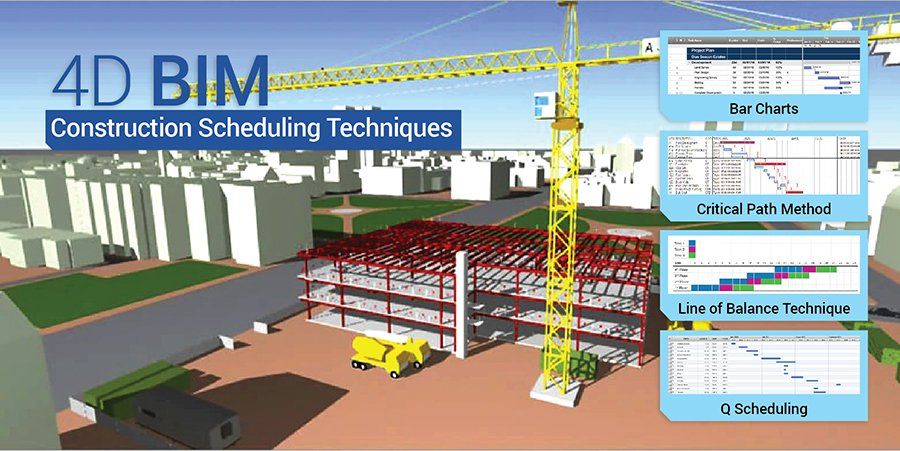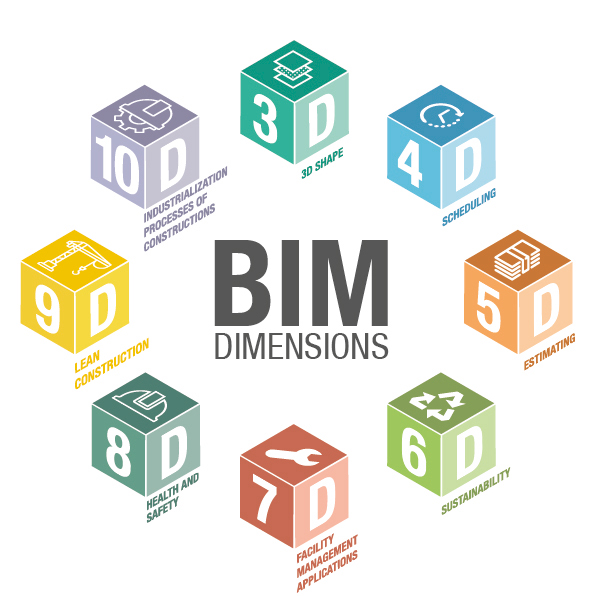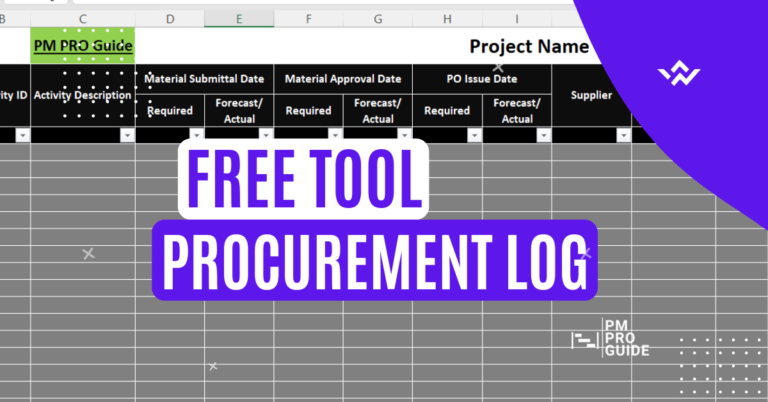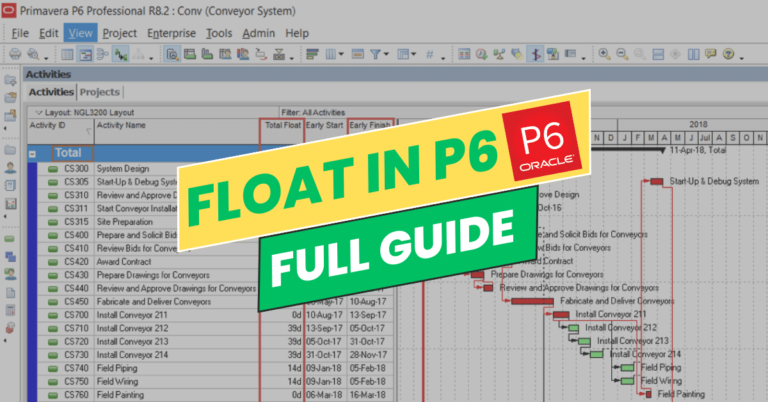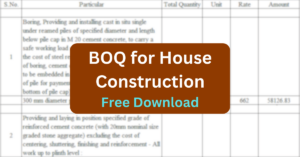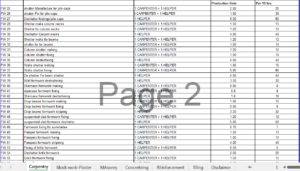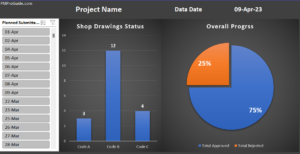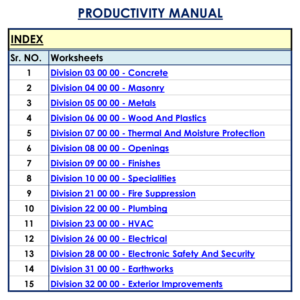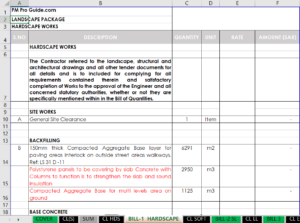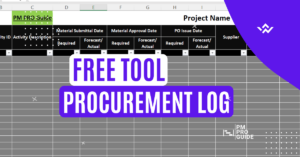In the world of project planning and management, there are a number of tools and techniques that can help to ensure that a project runs smoothly and is completed on time and on budget. One such technique is 4D planning, which is a powerful tool that combines 3D modeling with scheduling and simulation to create a comprehensive plan for a project. In this blog post, we will explore what 4D planning is, how it works, and the benefits it can bring to a project. We will also take a look at some of the tools that can be used to create 4D plans.

Table of Contents
I. What is 4D Planning?
4D planning is a technique that combines 3D modeling with scheduling and simulation to create a comprehensive plan for a project. It allows project managers and stakeholders to visualize a project from start to finish, including all of the necessary resources, timelines, and dependencies. This approach provides a clear and detailed view of the project, which can help to identify potential problems and ensure that the project is completed on time and on budget.
II. How Does 4D Planning Work?
At its core, 4D planning involves creating a 3D model of a project and then linking that model to a project schedule. This creates a virtual representation of the project, which can be used to simulate different scenarios and identify potential issues. By linking the 3D model to the project schedule, it is possible to visualize how different aspects of the project will unfold over time.
III. Benefits of 4D Planning
There are a number of benefits to using 4D planning in project management. These include:
- Improved visualization: 4D planning provides a visual representation of a project that can be used to identify potential issues and ensure that all stakeholders have a clear understanding of the project.
- Better communication: By providing a clear and detailed view of the project, 4D planning can help to improve communication between project managers, stakeholders, and team members.
- Increased efficiency: By simulating different scenarios and identifying potential issues, 4D planning can help to increase efficiency and reduce the risk of delays and cost overruns.
- Better resource management: 4D planning can help to identify potential resource conflicts and ensure that resources are used efficiently throughout the project.
IV. Tools for Creating 4D Plans
There are a number of tools that can be used to create 4D plans, including:
- Building Information Modeling (BIM) software: BIM software is used to create 3D models of buildings and other structures. This can be used as the basis for 4D planning.
- Scheduling software: Scheduling software is used to create and manage project schedules. By linking the 3D model to the project schedule, it is possible to create a 4D plan.
- Simulation software: Simulation software can be used to simulate different scenarios and identify potential issues. This can be a powerful tool for 4D planning.
V. Getting Started with 4D Planning
To get started with 4D planning, it is important to have a clear understanding of the project requirements and goals. From there, it is possible to create a 3D model of the project and link it to a project schedule. By simulating different scenarios and identifying potential issues, it is possible to create a comprehensive 4D plan.
VI. Conclusion
In conclusion, 4D planning is a powerful tool that allows project managers to visualize and simulate their projects in a dynamic way. It provides a comprehensive view of the project schedule and enables stakeholders to identify potential problems and bottlenecks before they occur. This can save a considerable amount of time and resources, as well as reduce the risk of errors and delays.
With the help of various 4D planning software tools and technologies, project managers can easily create and manage 4D models that accurately reflect the construction process. These tools include BIM software, scheduling software, and visualization software, among others.
By incorporating 4D planning into their project management approach, organizations can improve communication, collaboration, and decision-making throughout the project lifecycle. This ultimately leads to more successful and profitable projects, as well as improved relationships with clients and stakeholders.
Overall, 4D planning is a rapidly growing trend in the construction industry, and is poised to become an essential part of project management in the years to come. Project managers who are able to embrace this technology and use it effectively will have a significant competitive advantage in the marketplace.
Bonus
As a final note, if you’re interested in implementing 4D planning for your next project but feel overwhelmed by the process or lack the necessary expertise, our team is here to help. We offer free 4D planning services that can help you streamline your project planning, optimize your resources, and increase your chances of success. Don’t hesitate to contact us to learn more about how we can help you make the most of this powerful project management tool.
